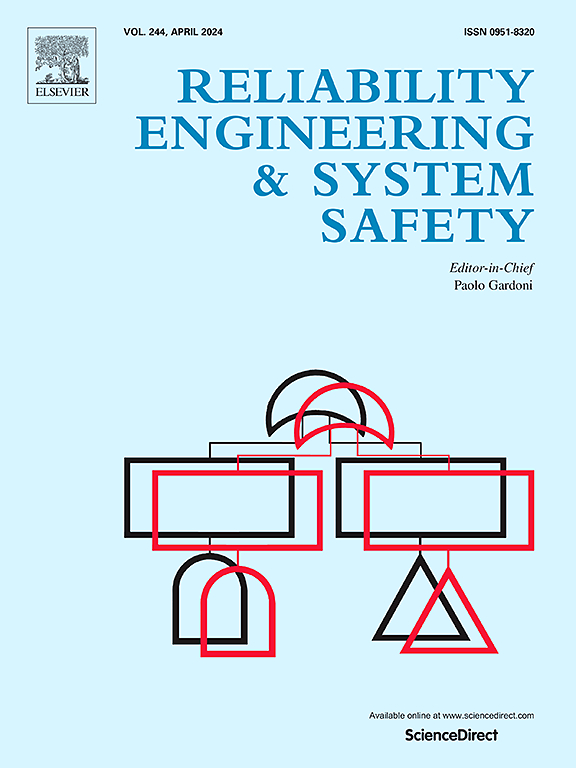Invulnerability analysis of urban power system based multi-layer heterogeneous complex network considering high-security level
IF 9.4
1区 工程技术
Q1 ENGINEERING, INDUSTRIAL
引用次数: 0
Abstract
The cyber-physical power system (CPPS) as a typical multi-layer heterogeneous network is widely employed in the field of cyber-attacks on urban power system. However, for the traditional attack methods, the high-security level of CPPS in urban core functional areas (UCFAs) is not considered, resulting in the identified critical links may not be attacked directly. For CPPS models, 5 G and IoT technology promote the deep integration of cyber-physical in CPPS, and the introduction of functional components with diverse scales and technologies intensifies the heterogeneous complexity of CPPS, causing the failure of traditional models. Moreover, most traditional methods only consider the varying attack times, also causing obstacles in analyzing the power loss in distinct UCFAs and various target destruction degrees (TDDs). Thus, a precise attack method is proposed for the invulnerability analysis of CPPS in UCFAs. Firstly, an actual CPPS model considering monitoring, energy supply, and control functional components is established. In this model, the diversity of functional components can reflect the heterogeneous complexity of the CPPS better. Then, based on functional observability theory, a precise attack model for CPPS in UCFA is developed. By attacking the minimum connected nodes set of the target area, the problem that the critical links of the target area with high security-security level cannot be directly attacked is solved. In addition, an attack strategy model is also developed to reveal the quantitative relationship between power loss rates and TDDs. Finally, the attack results are analyzed across four TDDs and the invulnerability of two UCFAs is evaluated. The case study illustrates that compared to the airport, the CBD has stronger invulnerability in a TDD of 40 % or more, and mild and general faults should be vigilant to avoid cumulative effects.
求助全文
约1分钟内获得全文
求助全文
来源期刊

Reliability Engineering & System Safety
管理科学-工程:工业
CiteScore
15.20
自引率
39.50%
发文量
621
审稿时长
67 days
期刊介绍:
Elsevier publishes Reliability Engineering & System Safety in association with the European Safety and Reliability Association and the Safety Engineering and Risk Analysis Division. The international journal is devoted to developing and applying methods to enhance the safety and reliability of complex technological systems, like nuclear power plants, chemical plants, hazardous waste facilities, space systems, offshore and maritime systems, transportation systems, constructed infrastructure, and manufacturing plants. The journal normally publishes only articles that involve the analysis of substantive problems related to the reliability of complex systems or present techniques and/or theoretical results that have a discernable relationship to the solution of such problems. An important aim is to balance academic material and practical applications.
 求助内容:
求助内容: 应助结果提醒方式:
应助结果提醒方式:


